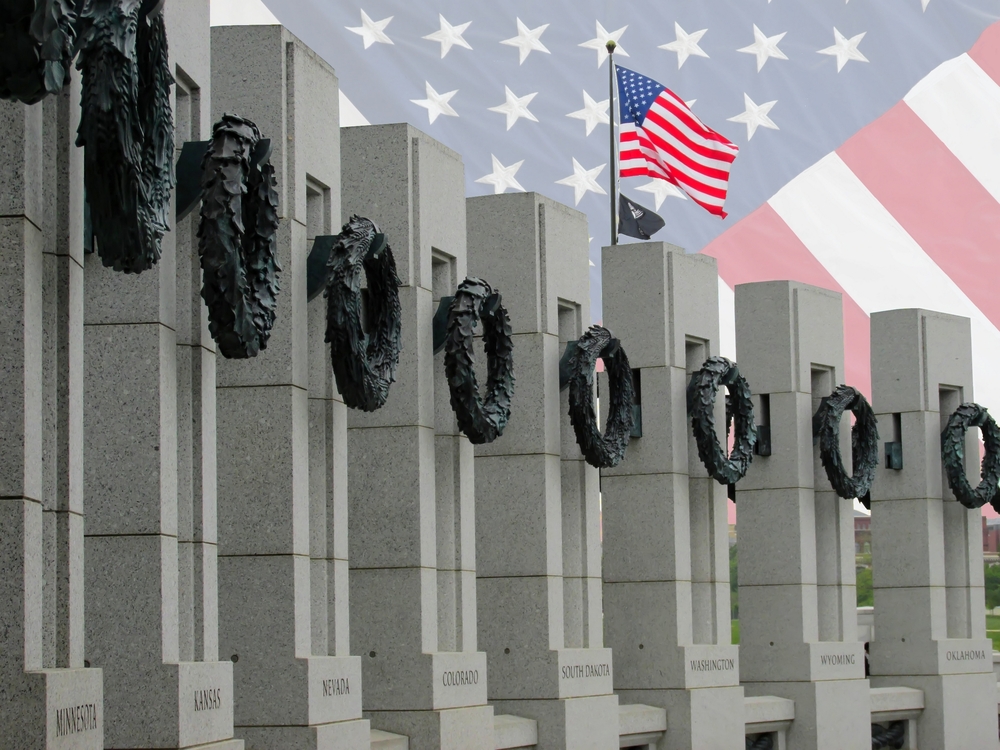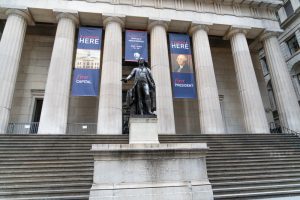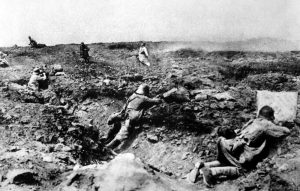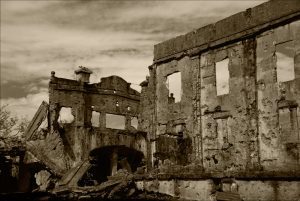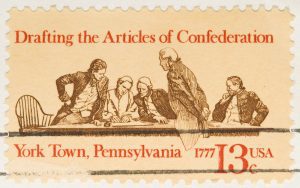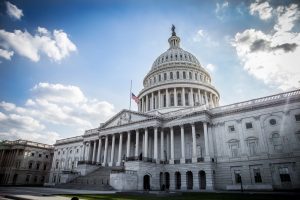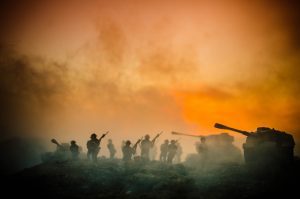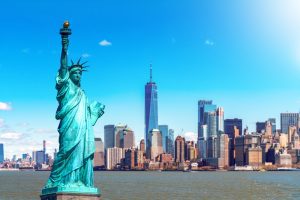America’s first response to the surprise Japanese attack on Pearl Harbor, Sunday morning, December 7, 1941, was shock and disbelief.
No one could believe that a small island nation off the Asian mainland could possibly pull off such a feat thousands of miles from its homeland.
As the shock turned into anger, America’s leaders acted quickly. The day after the attack, before a joint session of Congress, President Roosevelt made his famous speech that labeled December 7 as “a date which will live in infamy.”
The Senate voted unanimously for war.
The House vote would have been unanimous, too, were it not for one interesting historical footnote: Montana’s Jeannette Rankin (a pacifist) voted against the war declaration saying that she “wanted to show that a good democracy does not always vote unanimously for war.”
Three days after Pearl Harbor, Germany and Italy declared war on the US, and Congress passed another joint resolution fully involving the US in World War II.
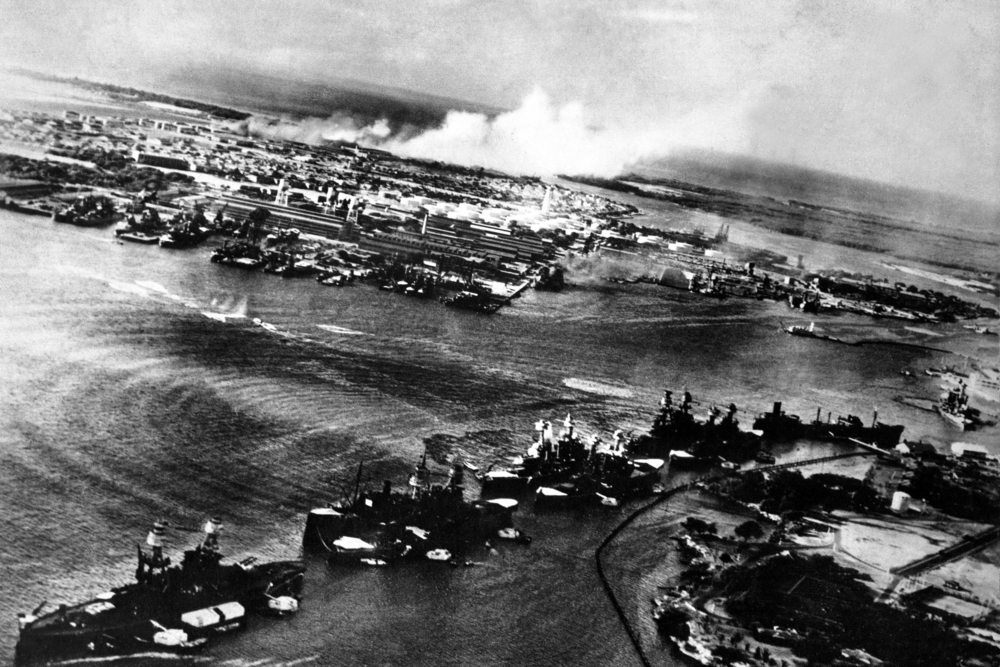
So, the Pearl Harbor attack was a massive wake-up call and unprecedented mobilization of the nation’s workforce – of both men and women – and its vast industrial potential.
The Japanese Admiral, Isoroku Hamamoto, who planned and executed the surprise attack on Pearl Harbor, is depicted in the movie Tora! Tora! Tora! as saying (about America), “I fear all we have done is to awaken a sleeping giant and fill him with a terrible resolve.”
No one has ever been able to verify whether Admiral Yamamoto actually uttered or wrote those words.
Regardless, the words were prophetic: American industrial might and an incensed and mobilized populace eventually led to the complete destruction of Japanese, German, and Italian fascism and launched the United States to its preeminent post-war status as a true superpower.
Also, World War II had profound significant effects on the American economy and its society:
- The War accelerated the country’s recovery from the Great Depression.
- Government spending and support of American Industry harnessed American war productivity to unprecedented levels.
- Women, who were previously relegated to domestic duties, joined the workforce and the U.S. Armed Forces to free up men for combat duties.
- World War II saw the beginning of the end of racial discrimination in American industry and its armed forces.
- The U.S. birth rate skyrocketed both during and after the War as servicemen returned home.
Table of Contents
1. The War ended the Great Depression.
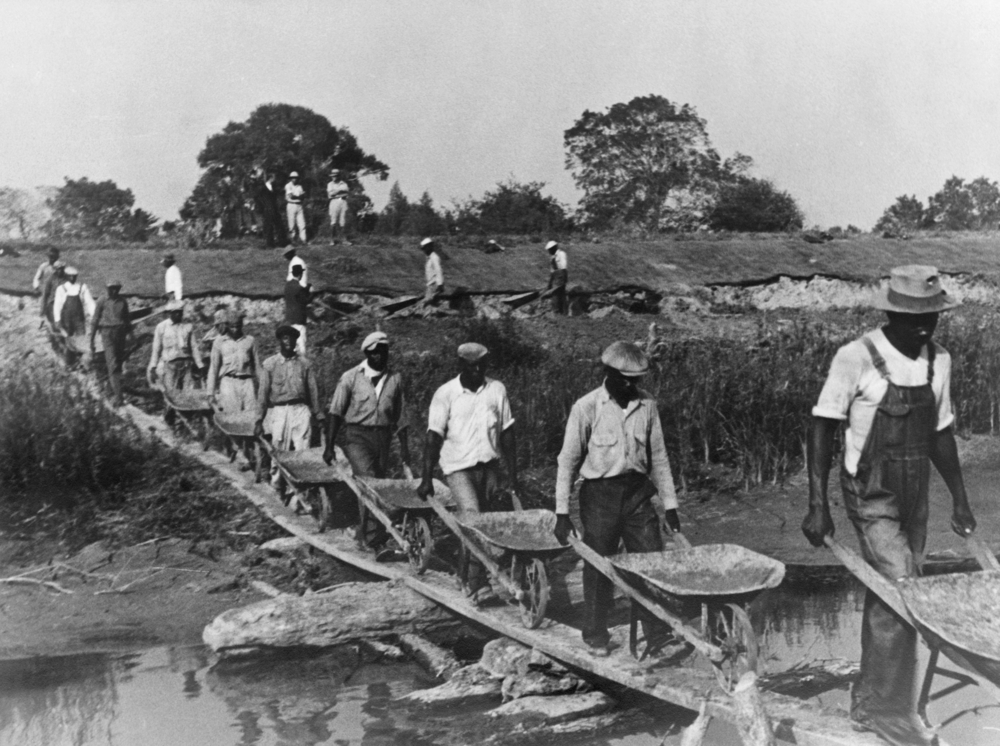
America’s involvement in World War II had a significant impact on the economy and workforce of the United States.
The United States was still recovering from the 1930s Great Depression, and the unemployment rate was hovering around 25%.
The country’s sudden involvement in the war soon changed that rate. That unemployment rate plunged to 10% as American factories changed over to war production.
2. Government spending and involvement with industry helped outproduce Japan and Germany.
Even before December 7, 1941, the United States began gearing up its production capacity. Between July 1, 1940, and the end of July 1945, the United States produced an astonishing 296,601 aircraft, 71,060 ships, and 85,388 tanks.
There was never any doubt in President Roosevelt’s mind that the U.S. would go to war – in Europe, at least.
About 11 months before the Pearl Harbor attack, the President introduced the lend-lease program.
The U.S. began lending military arms to Great Britain with the understanding that the debts would be paid after the War.
The Lend-Lease program was expanded to include the Soviet Union and 37 other countries. It laid the foundation for the growth in U.S. war production and helped prepare the country for a war on two fronts.
By the end of the war, the U.S. lent more than $50 billion in financial support and armaments.
The program was also the predecessor of the post-war Marshal Plan that rescued war-torn Europe from the threat of communist takeover.
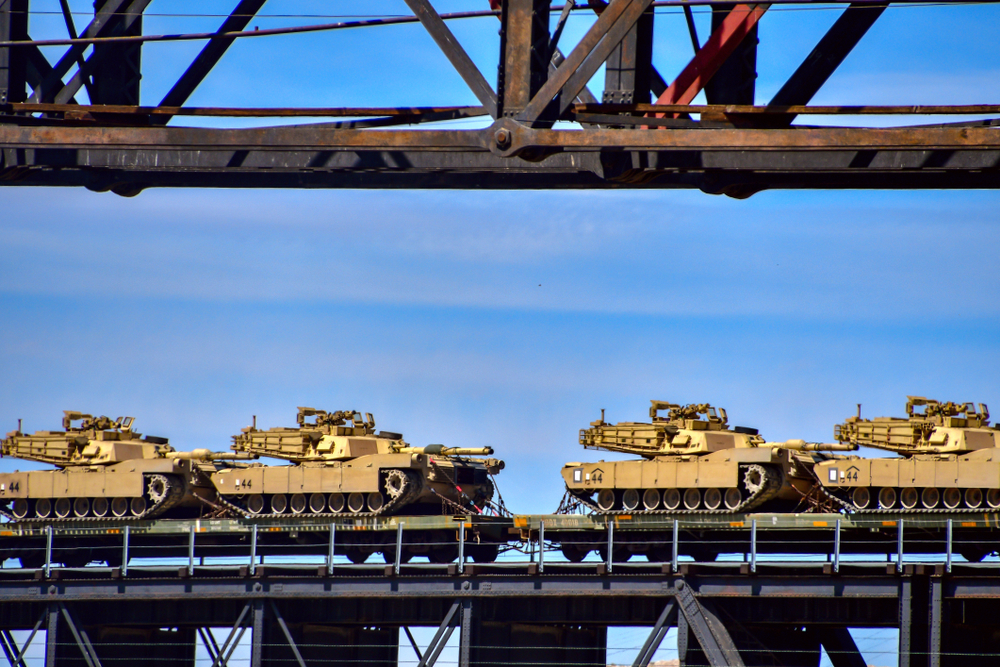
That productivity was not a result of a government-commanded economy. It was a war that tapped the country’s energy, efficiency, and entrepreneurial skills, even during times of initial bad news and Japanese victories in the Asian theater.
Even as military leaders urged the President to approve a compulsory program of national service for the civilian population, he rejected the idea.
Roosevelt believed that people would go where the jobs were. He trusted that people understood that the country’s dominant contribution to the war would be its production.
So, during the war, the government provided economic recovery through full employment. Industry was quickly retooled and converted to wartime reindustrialization, which required worker training and promoted a great deal of social progress to keep the workforce productive and content.
3. Women left home to work in the defense industry and the armed forces.
A famous U.S. World War II poster shows a blue-overall clad, determined-looking woman. Her head is wrapped in a tied red polka-dot scarf, and she stares straight ahead, lips pursed in a look of determination.
As she flexes her right arm biceps, she says, “We can do it!”
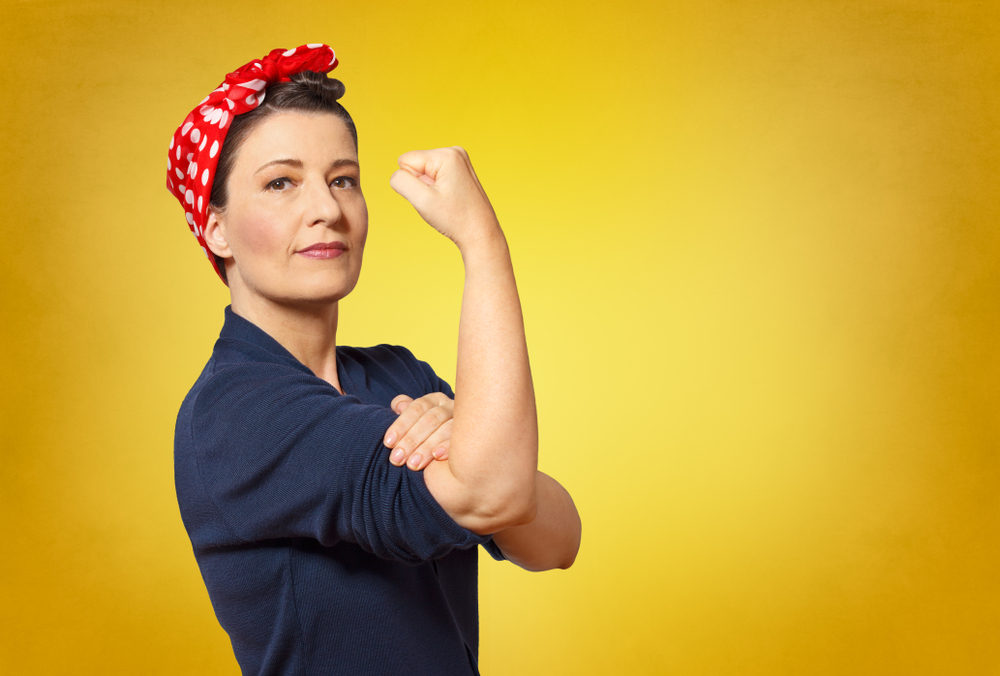
The World War II generation knows this woman as the famous “Rosie the Riveter,” an icon for women on the home front who went to work in our factories, as our country geared up to fight a long war with the Japanese and Germans.
Women in the factories
As their husbands went to war or traveled to other parts of the country to work in shipyards and defense factories, the women’s lives changed.
Their roles and responsibilities grew, and they even experienced a bigger welcome in the Armed Forces as America called on them to do support work to free up the men for combat duties.
Women signed up in droves
Taking the cue from their female predecessors in World War I, American women volunteered for war service in astonishing numbers.
Where in World War I, when about 30,000 women served, during World War II, over 350,000 women served their country in the armed forces.
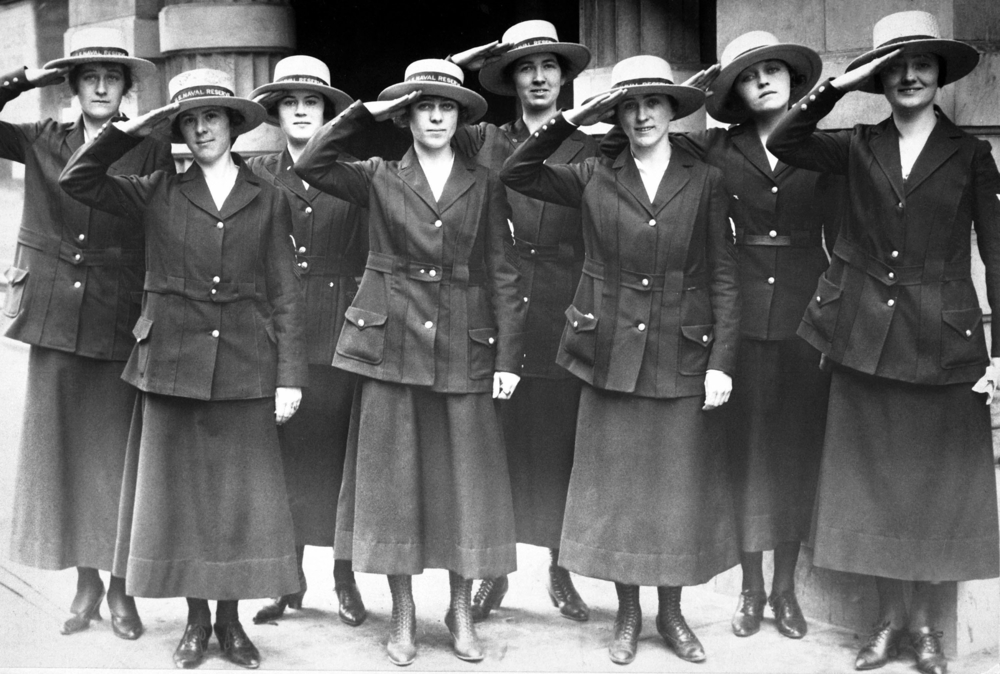
Here are the numbers:
- Army: 140,000
- Navy: 100,000
- Marines: 23,000
- Coast Guard: 13,000
- Air Force: 1,000
- Army and Navy Nurse Corps: 74,000
Female nurses were also in harm’s way.
Often serving in direct support of combat operations, nurses in war zones, or serving on ships, for instance, women were frequently in harm’s way, and some were wounded or killed.
Also, the Air Force figures of 1,000 women cited above were women who served in hazardous duty assignments as pilots associated with the so-called “WASP” (Women Air Force Service Pilots).
The Air Force considered these women civil service workers and did not recognize these female pilots for military service until the 1970s.
“Women of the evening”
No discussion of the role of women in World War II would be complete without discussing the role of prostitutes.
An interesting case of sanctioned prostitution took place in the wartime bustle of Honolulu, Hawaii.
After the Japanese attack on Pearl Harbor, some houses of prostitution served as temporary hospitals.
Honolulu’s so-called “sporting girls” answered the call and went wherever they were needed to nurse injured servicemen.
Prostitution flourished in Honolulu
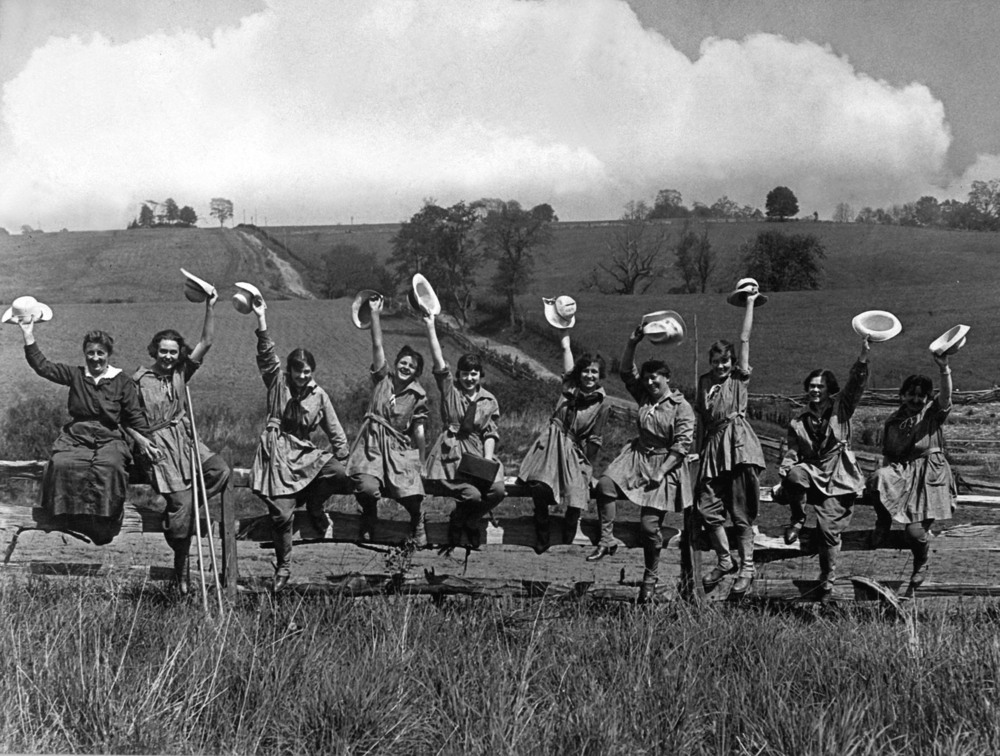
From 1942 to 1944, under martial law, prostitutes enjoyed a fair amount of freedom in Honolulu and more than they had enjoyed before the war under the civilian city leaders.
Near many military bases, the “victory girls” were willing to engage in sex with military men and charged no money for their services.
Many, unfortunately, were younger than 17.
The “victory girls” eventually became the object of a military campaign against venereal disease and military training films depicted prostitution as a threat to the Allied military effort.
What the films did not mention, however, was the fact that “blaming the girls” and not their male partners addressed only half the problem.
Women’s contributions were significant
Nevertheless, American women, both on the home front and in our armed forces, contributed greatly to winning World War II.
In the wake of victory and demobilization, women were mustered out in large numbers.
America owes women a debt of gratitude for their service. Unfortunately, like many of her counterparts, Rosie the Riveter had to give up her paycheck as the men returned home to reclaim their jobs in post-war America.
4. World War II was the beginning of the end of racial discrimination and segregation.
In 1941, Roosevelt banned discrimination in hiring
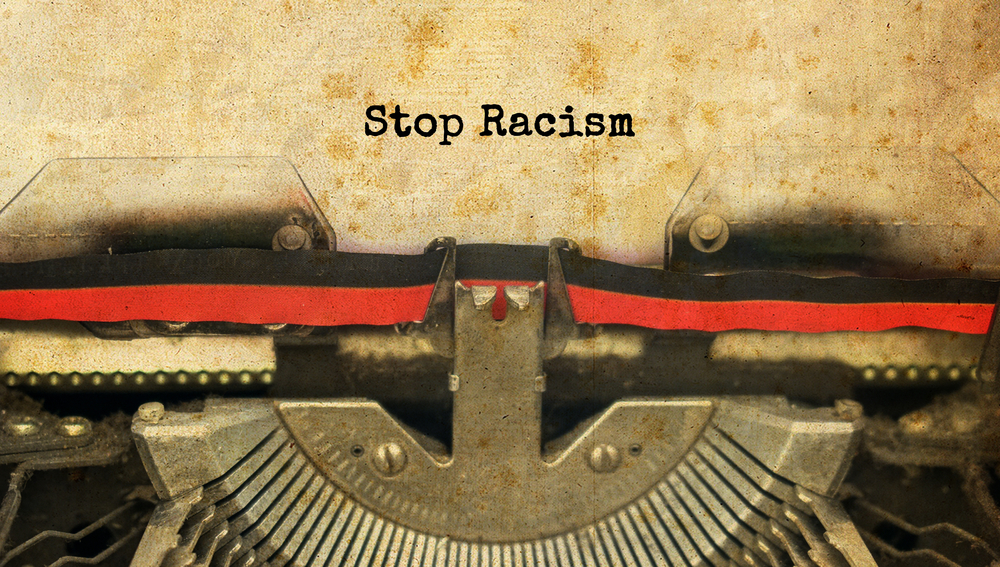
Just before the beginning of the war, there were hundreds and thousands of white Americans hired by the defense industry.
Black labor leader A. Philip Randolph planned a march on Washington DC to protest the lack of equal opportunity for black workers.
Said Randolph, “It is time to wake up Washington as it has never been shocked before.”
To prevent race riots and international embarrassment, President Roosevelt issued Executive Order 8802 on June 25, 1941.
The order established the Committee on Fair Employment Practices to act on and redress racial discrimination complaints.
The Order also banned racial discrimination in defense industries that operated under federal government contracts.
African Americans enlisted in the Armed Forces in record numbers during World War II.
More than one million African Americans served, but the U.S. military remained heavily segregated during the war.
In the armed services, black American military units were relegated to menial support duties and encountered much the same racism as they experienced as civilians.
It took another executive order by President Truman in 1948 to abolish racial segregation in the armed forces.
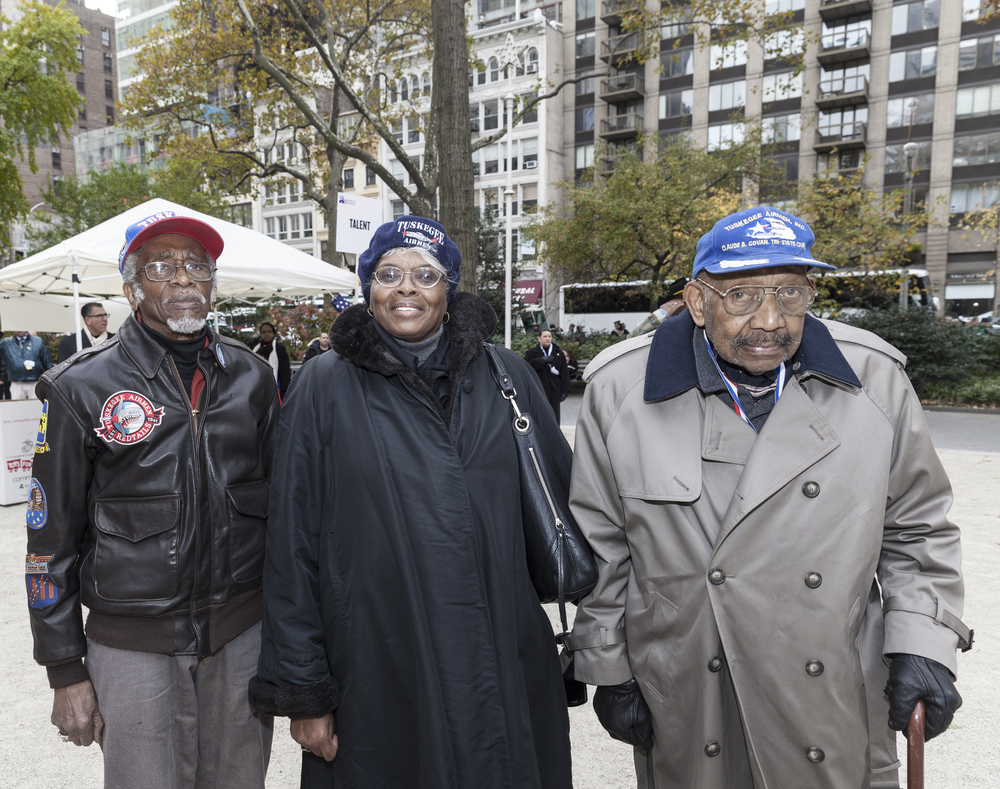
In the meantime, all African American units like the Tuskegee Airmen never saw combat but served overseas.
They were the first African American military aviators in the U.S. Armed Forces.
Sadly, no black military man received the Medal of Honor for heroism in World War II. In 1993, the U.S. Army commissioned a study and recommended that several African American recipients of the Distinguished Service Cross be upgraded to the Medal of Honor.
On January 13, 1997, President Clinton presented the Medal of Honor to seven African American World War II veterans – six of whom were deceased.
The only still living was World War II hero and Army veteran Vernon Baker, who passed away in 2010.
5. Economic prosperity encouraged marriages and parenthood
Couples who had postponed marriage and parenthood because of a poor economy began marrying at record rates.
The U.S. birthrate shot up in 1941, paused temporarily in 1944 –1945 when 12 million men were still mobilized, and then soared as husbands returned, reaching a peak in the late 1950s.
Housing shortages, especially around high-employment industrial facilities, forced millions to live in either makeshift prefabs or with their parents.

Housing construction during the Depression was the cause, and housing shortages grew steadily worse until a massive boom in home construction occurred in 1948.
Finally, as returning servicemen were demobilized, the Servicemen’s Readjustment Act – the so-called GI Bill – signed by President Roosevelt in 1944, helped ease them back into civilian life with loan guarantees for home and business purchases, as well as tuition and living expenses to return to college or vocational programs.

